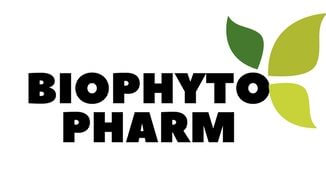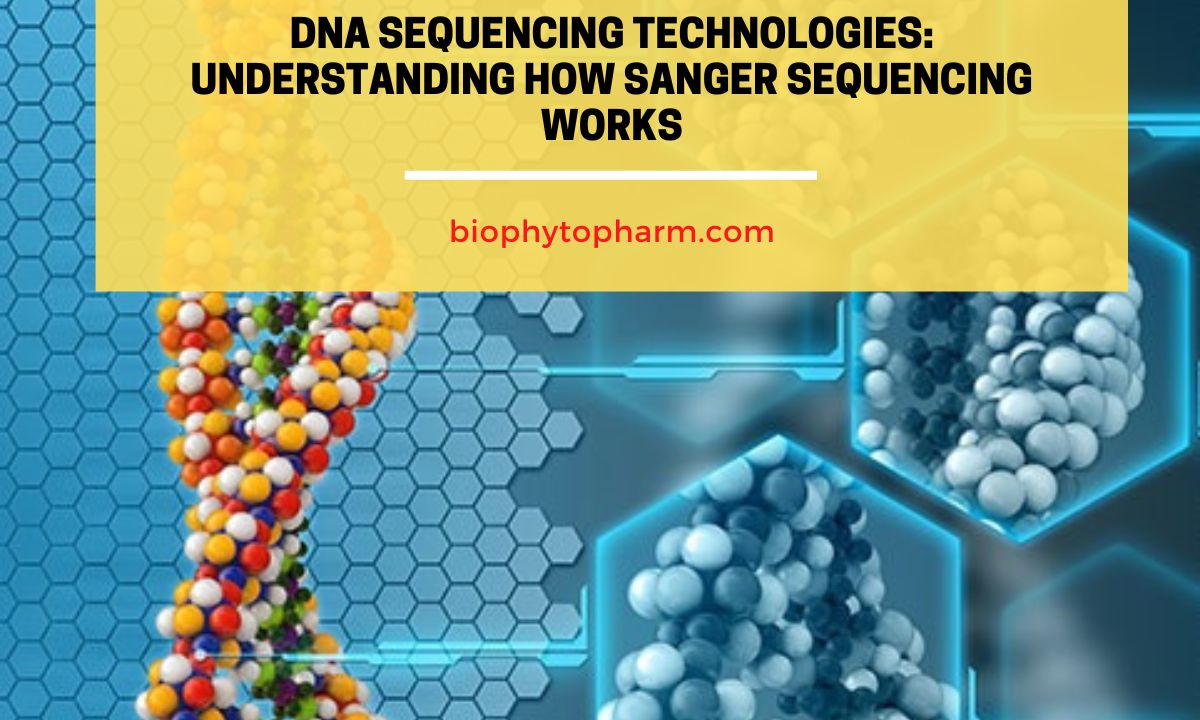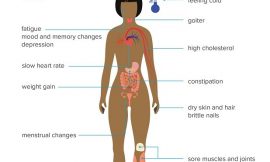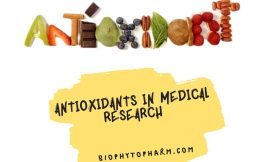DNA SEQUENCING TECHNOLOGIES: UNDERSTANDING HOW SANGER SEQUENCING WORKS
The Sanger sequencing technique is used to identify the four nucleotide bases in a piece of DNA and their relative positions. The “chain-termination method,” as it is often known, was created in 1977 by Frederick Sanger and colleagues. Sanger sequencing was employed in the Human Genome Project to identify the sequences of relatively short (900 bp or fewer) segments of human DNA.
Larger DNA fragments and, finally, complete chromosomes were put together using these pieces of DNA. Given its high precision, long-read capabilities, and adaptability to support various applications in different scientific fields, Sanger sequencing is still the best standard of sequencing technology today. Discover more about the technology below:
How Sanger sequencing functions
In Sanger sequencing, scientists use an oligonucleotide sequencing primer that connects to the DNA next to the area of interest to focus on a particular site of the template DNA. (A known sequence region must be near the target DNA.) W Chemical representations of the four DNA nucleotides are used in Sanger sequencing to identify the sequence. Dideoxyribonucleotides (ddNTPs) are these analogs, which lack the 3′ hydroxyl group necessary for a DNA polynucleotide chain to extend from 5′ to 3′.
Strands of every possible length are formed when the ddNTPs are randomly incorporated and terminate the chain by combining ddNTPs marked with a different shade for every base, unlabeled dNTPs, and template DNA. Electrophoresis is then used to separate the extension products, resolving size differences to single nucleotides. The fluorescent labels on the chain-terminated fragments serve as a visual indicator, with each color signifying a different terminating ddNTP. This makes it possible to determine the template DNA strand’s sequence through analysis.
In a nutshell
In simple words, Sanger sequencing involves six steps, which are as follows:
- Denaturement of the double-stranded DNA (dsDNA) results in the formation of two single-stranded DNAs.
- Attached to the sequence is a primer that matches one end.
- Only one type of ddNTP and four different types of dNTPs are added to each of the four polymerase solutions.
- The DNA synthesis reaction starts, and the chain grows until an unpredicted termination nucleotide is added.
- Denatured ssDNA is created from the resultant DNA pieces.
- Gel electrophoresis separates the denatured fragments to identify their sequencing.
Uses of Sanger sequencing in medicine.
The following uses of Sanger are still commonplace in clinical laboratories:
- Examine a particular familial sequencing variation.
- A single gene’s diagnostic sequence.
- To validate mutations found using next-generation sequencing (NGS).
- To fill in data gaps in NGS.
Advantages of Sanger sequencing
- It is more adaptable than NGS for testing a specific family variation.
- It is the gold-standard technique for precise single nucleotide variation and tiny insertion/deletion identification.
- It relies on computational tools less than NGS.
- Longer segments (up to about 1000bp) can occasionally be sequenced than with short-read NGS.
- It is cost-effective when individual samples must be tested quickly and cannot be batch-tested (such as prenatal or parental carrier testing during pregnancy).
Final thoughts
Sanger sequencing is the industry standard for most research and clinical applications due to its 99.99% accuracy. It works best for medium- to low-throughput focused sequencing projects. However, higher-throughput DNA sequencing technologies based on fundamentally new approaches have emerged in the past ten years.





